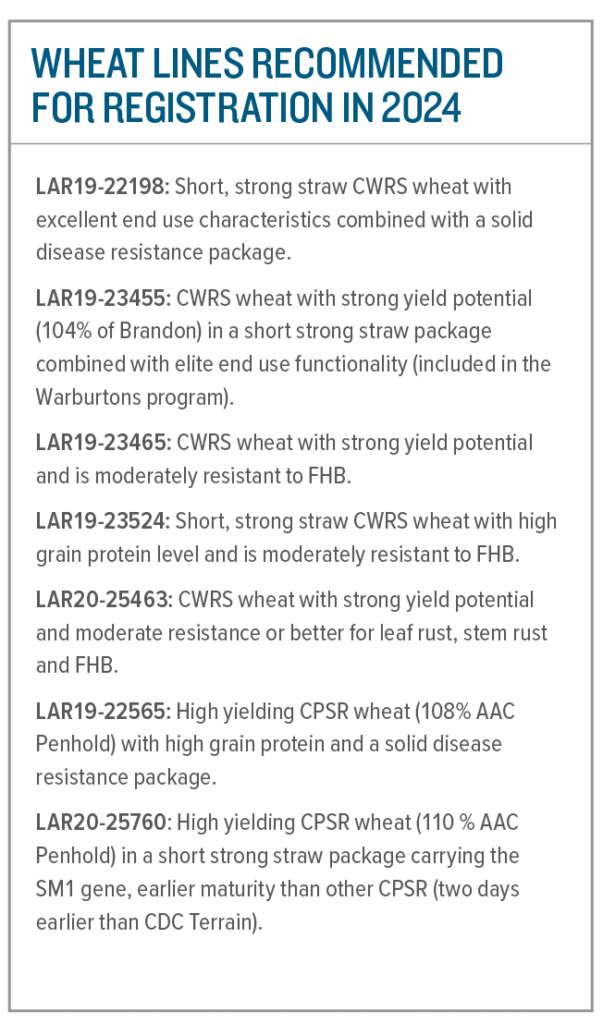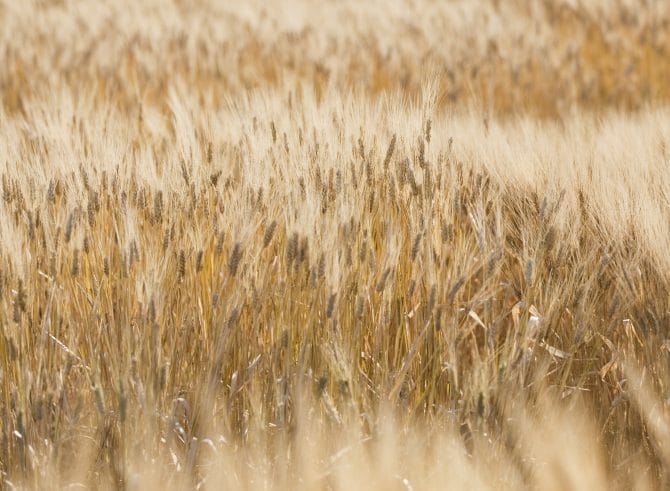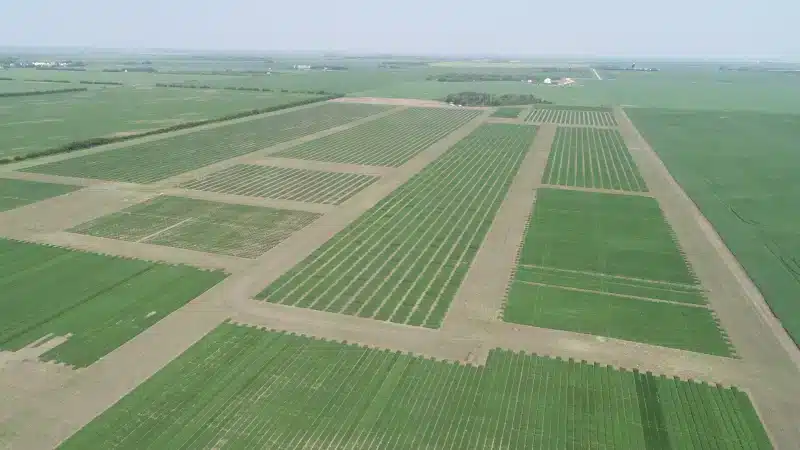Growing up in a small farming village in the Philippines surrounded by mountains, agriculture was deeply ingrained in my upbringing. As I progressed through college at the University of the Philippines, initially studying biology with the intention of pursuing medicine or research, I stumbled upon the field of plant breeding.

Head of Cereals and Pulse Research, Limagrain Field Seeds North America
At Limagrain, I’m responsible for overseeing our North American cereals and pulses programs, which cover a vast geographical area. In the U.S., our breeding efforts range from soft white winter wheat in the Pacific Northwest, hard red winter wheat in the Central Plains, and hard red spring wheat in the Northern Plains.
Our program in Saskatoon, Sask., is of prime importance as we embark on our vision for cereal and pulses development in Canada. Limagrain’s partnership with Canterra Seeds to form Limagrain Cereals Research Canada (LCRC) has been a game-changer for us in allowing us to bring significant wheat breeding innovations to Canada. I’ve come to understand the importance of factors beyond just yield, especially in the CWRS (Canada Western Red Spring) class of wheat.
What Sets Canadian Wheat Apart
In Canada, wheat varieties must have the right disease profile and quality standards. They need to meet and exceed the base requirements for disease resistance across the primary diseases such as stem rust, stripe rust, leaf rust, common bunt, and Fusarium head blight. Quality is also a significant factor.
Breaking through the yield ceiling is certainly a challenge that we face in our breeding efforts. However, I believe there are many avenues to overcome this challenge.
New wheat varieties need to exhibit stability and resilience to adapt to various conditions, pests and diseases. We must ensure that our wheat varieties can thrive in diverse environments, whether it’s a high-yield setting or a low-yield one.
Varieties should also be easy to manage for farmers, so characteristics like standability, where the wheat can remain upright throughout the season, regardless of environmental conditions, is vitally important.

For weed management, we are working with our partners to bring the CoAXium® Wheat Production System to western Canadian farmers. This system combines LCRC-bred wheat varieties containing the AXigen® herbicide tolerance trait developed using non-GMO methods at Colorado State University and Aggressor® broad-spectrum Group 1 herbicide by Albaugh. This system has been successfully deployed in the U.S., and we are working through the PNT (Plants with Novel Traits) approval process so we can have this available soon for wheat farmers in Western Canada.
I had the pleasure of attending my first Prairie Grain Development Committee meeting in Saskatoon in February, where we introduced several new lines put forward for registration (see sidebar). Should they be registered by the Canadian Food Inspection Agency, they will add to our existing varieties CS Daybreak and CS Accelerate to give wheat growers valuable new options.












